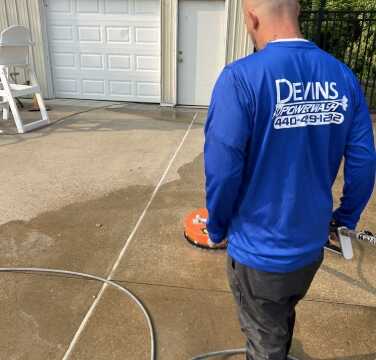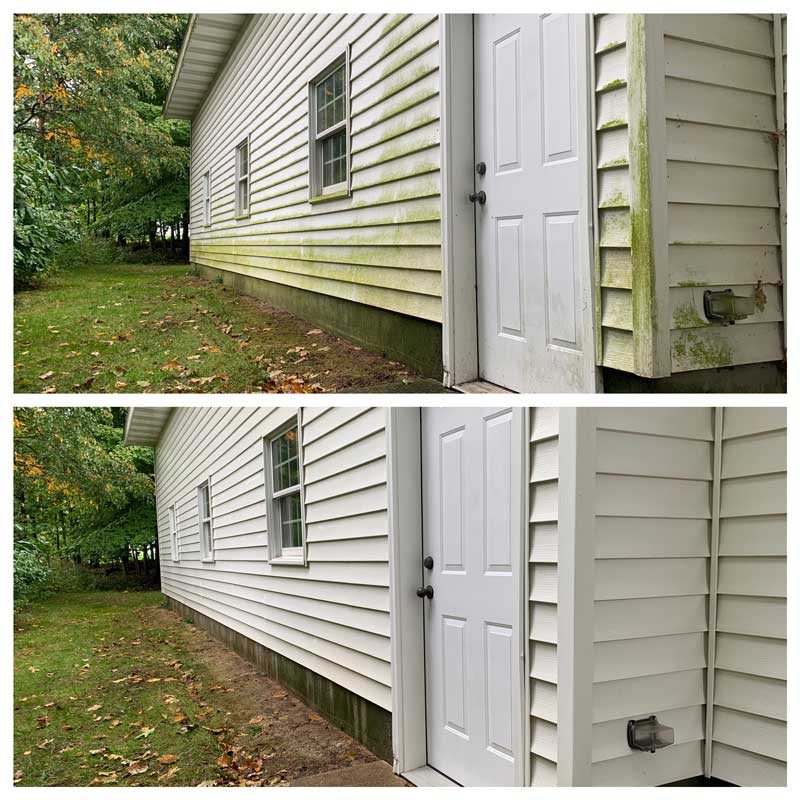Efficient Strategies for Graffiti Elimination That Recover Surfaces to Their Initial State
The obstacle of graffiti removal is multifaceted, requiring an understanding of different graffiti kinds and one of the most reliable methods for reconstruction. From chemical options that accommodate certain paint make-ups to press washing methods that protect the stability of surface areas, each approach has its advantages. Additionally, the rise of environmentally friendly options offers an engaging instance for ecologically aware practices in this area. As we discover these methods, it becomes important to take into consideration not just their effectiveness but also their wider implications on reconstruction initiatives and neighborhood appearances. What strategies will eventually confirm most reliable?
Understanding Graffiti Kind
Understanding the diverse sorts of graffiti is crucial for efficient removal techniques. Graffiti can be generally classified into a number of kinds, each calling for different approaches for elimination. One of the most common kinds consist of tags, throw-ups, and murals. Tags are the simplest type, including a stylized signature or logo, frequently created rapidly with spray paint or markers. Their relatively small dimension can make them easier to remove yet can still posture challenges depending on the surface.
Throw-ups are much more complex and typically include larger, bubble-like lettering full of a solitary color. These pieces can cover more area and might necessitate different removal strategies contrasted to tags. Murals, on the various other hand, are elaborate art work that can be rather large and thorough, usually commissioned or produced with authorization. The elimination of murals provides special obstacles due to the possibility for damage to the underlying surface area and the imaginative value.
Recognizing these distinctions is critical for picking the right strategies and materials for reliable graffiti elimination. Each kind not only varies in its visual influence yet additionally in the methods that will certainly be most efficient in bring back surface areas to their initial condition.
Chemical Removal Approaches
When dealing with graffiti removal, chemical techniques are commonly the most effective and effective technique for various surfaces. These approaches use specialized formulations made to break down the chemical bonds in graffiti, making it simpler to get rid of without damaging the underlying material.

It is vital to choose a chemical cleaner that is compatible with the surface being treated to avoid damages. Testing the product on a tiny, low-profile area prior to prevalent application is a good idea. Furthermore, appropriate safety tools, such as handwear covers and masks, must be used to guarantee safety and security throughout the removal procedure.
When the graffiti has actually been liquified, it is important to thoroughly wash the surface to get rid of any chemical deposit, which can cause discoloration or destruction with time (Graffiti Removal in Euclid). In general, chemical elimination techniques supply an effective service for recovering surfaces to their initial state while minimizing possible damage
Pressure Cleaning Techniques
While chemical removal techniques are very efficient, stress cleaning offers an alternate technique for graffiti removal that can be similarly reliable, specifically on sturdy surfaces. This technique makes use of high-pressure water jets to displace and eliminate graffiti from various materials, such as concrete, brick, and metal.
The efficiency of pressure washing depend upon numerous other variables, including the pressure setup, nozzle type, and the range where the water is applied. Commonly, a stress series of 2,000 to 3,000 PSI is advised for most surfaces, but adjustments may be needed relying on the substratum's level of sensitivity. Making use of a fan spray nozzle can help cover larger areas effectively while reducing the danger of harming the underlying material.
Prior to pressure washing, it is vital to examine the graffiti's structure. Water-based paints commonly react much better to this method than oil-based or permanent pens. Moreover, pre-soaking the location with water can improve the elimination process by minimizing paint adhesion. After the stress cleaning is total, surfaces must be checked for any continuing to be deposit, and a 2nd pass may be called for to accomplish ideal outcomes. On the whole, stress washing is an effective device in the graffiti removal arsenal.

Eco-Friendly Solutions
Numerous individuals and companies are increasingly looking for green solutions for graffiti elimination, identifying the significance of reducing environmental impact. Traditional graffiti removal approaches usually include rough chemicals that can be unsafe to both the atmosphere and public health and wellness. In contrast, environmentally friendly options use non-toxic and eco-friendly products that efficiently eliminate graffiti without creating damage to surfaces or releasing unsafe materials into the ambience.
One efficient technique is making use of natural solvents, such as citrus-based cleansers, which harness the power of plant-derived components to break down paint without leaving poisonous residues. In addition, baking soft drink and vinegar mixes can offer as gentle abrasives that raise graffiti while being risk-free for the setting.
Another cutting-edge method is using green stress washing systems that use much less water and energy compared to conventional techniques. These systems frequently include specialized nozzles and eco-conscious detergents that enhance efficiency while reducing waste.
Preventative Procedures
Preventative measures play a vital duty in combating graffiti vandalism and lessening its event. By executing calculated techniques, residential Discover More Here property owners and communities can prevent prospective offenders and decrease the expenses connected with graffiti removal.
One reliable technique is using anti-graffiti coatings, which create a protective layer on surfaces, making it challenging for paint to adhere. These finishings can be colored or clear, permitting the initial visual to continue to be intact while giving a secure versus criminal damage. Furthermore, his response the installation of surveillance electronic cameras in risky areas can serve as a deterrent, as the existence of keeping an eye on modern technology might discourage potential culprits.
Community engagement is likewise vital; organizing area watch programs or graffiti clean-up occasions cultivates a feeling of ownership and pride among homeowners. Educational initiatives in schools can raise recognition regarding the negative effects of graffiti, promoting regard for personal and public building.
Final Thought
In conclusion, the reliable removal of graffiti calls for a diverse method that thinks about the kind of graffiti and the surface product. An extensive understanding of these approaches is crucial for accomplishing optimum results in graffiti elimination endeavors.
